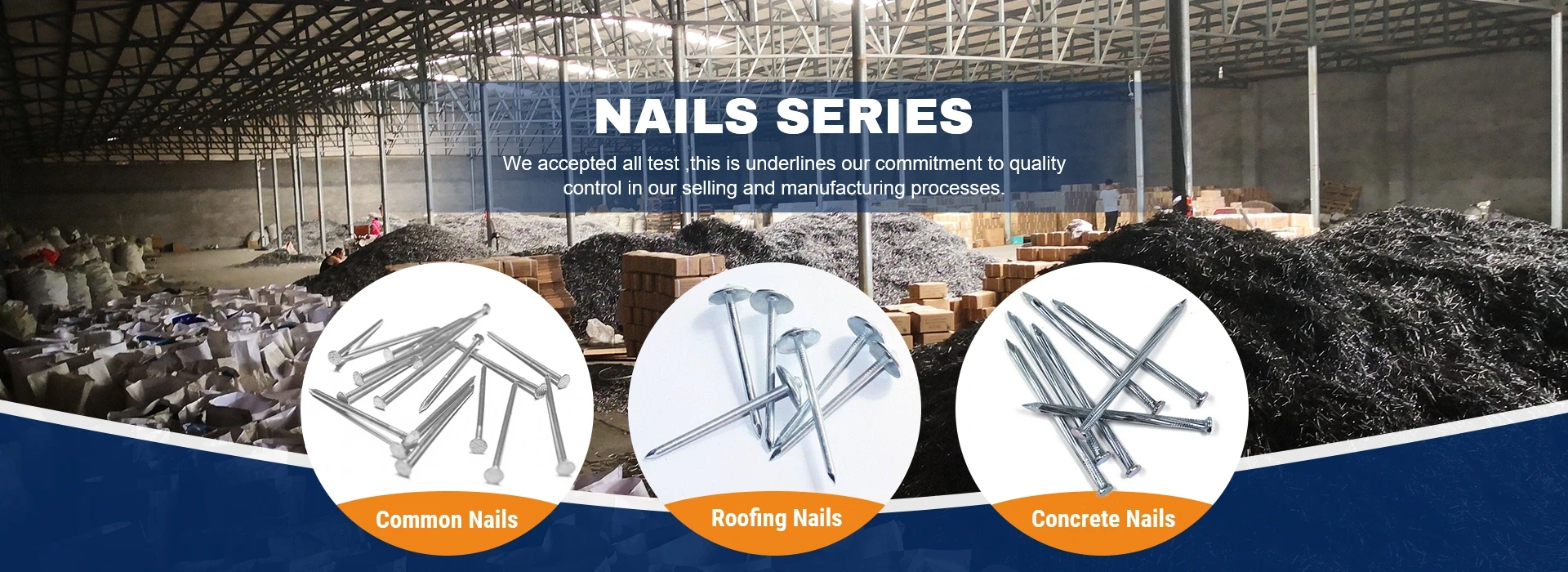The Symbolism and Purpose of Barbed Wire on Fences
Barbed wire is one of the most significant yet understated inventions of the 19th century, playing a crucial role in shaping agricultural practices, land ownership, and even military strategies. Its primary purpose is quite functional to create secure barriers that deter livestock from straying and unauthorized individuals from trespassing. However, the implications of barbed wire extend far beyond its practical applications. The presence of barbed wire on fences symbolizes a range of sociopolitical meanings and evokes emotions tied to themes of safety, exclusion, and, at times, oppression.
The Symbolism and Purpose of Barbed Wire on Fences
The widespread use of barbed wire revolutionized ranching but also sparked conflicts over land ownership and usage. This is where the symbolism of barbed wire becomes more pronounced. Fences made of barbed wire represent not only physical boundaries but also the legal and social implications of property rights. These fences encapsulate the idea of “mine” and “thine,” underscoring the importance of ownership and control in shaping human communities. They became a physical manifestation of jurisdiction, defining who had the right to access specific areas and who was kept out.
barb wire on fence

Furthermore, the aggressive nature of barbed wire evokes feelings of exclusion. The sharp, pointed edges that serve to keep livestock in or out serve as a metaphor for socio-economic divides. Marginalized communities often find themselves on the wrong side of such barriers—whether they are literal or metaphorical. In urban environments, for instance, fences adorned with barbed wire can signal crime and security, creating an insular barrier around wealthier neighborhoods, perpetuating divisions among different socio-economic groups.
On an even darker note, barbed wire has been used throughout history in contexts that evoke fear and oppression. Its association with internment camps, prisons, and conflict zones highlights the dual nature of this seemingly benign agricultural tool. During World War II, barbed wire was utilized to confine and segregate individuals deemed undesirable by oppressive regimes. This stark contrast between its practical application in agriculture and its insidious usage in warfare and oppression serves as a poignant reminder of how tools originally designed for protection can morph into instruments of control.
In contemporary times, the use of barbed wire continues to evolve. While it is still commonly seen securing farmlands and ranches, it has also become a symbol of political and social discourse on immigration and border security. Many countries utilize barbed wire as a deterrent at borders, reflecting public sentiments on safety versus inclusion. As nations grapple with complex issues surrounding immigration, asylum, and security, the image of barbed wire on fences serves as a stark reminder of the tensions that exist in balancing safety with compassion.
In conclusion, the presence of barbed wire on fences extends far beyond mere safety and functionality. It remains a potent symbol of property rights, social division, and the complex interplay between security and oppression. As we navigate an ever-evolving global landscape, it is essential to recognize the multiple layers of meaning associated with barbed wire, reflecting our societal values, challenges, and the ongoing quest for balance in inclusive communities. Whether used to define property lines or symbolize broader social issues, barbed wire continues to resonate profoundly in our collective consciousness, reminding us of the barriers we erect in both physical and metaphorical spaces.

















